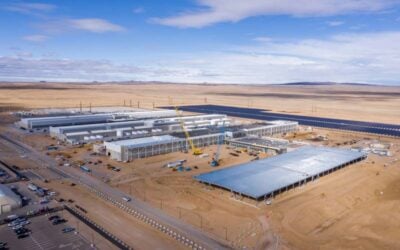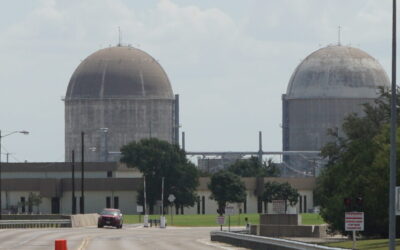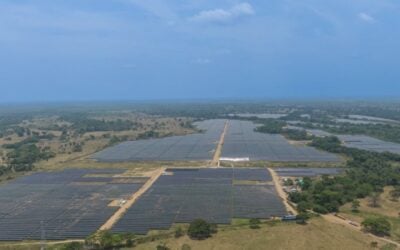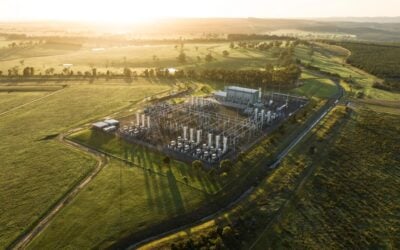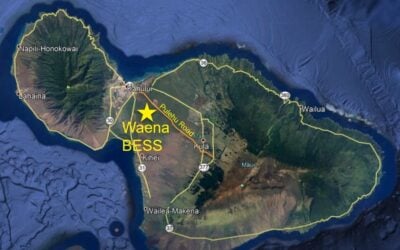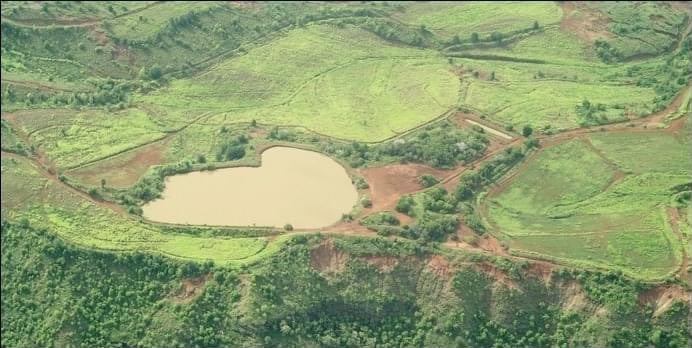
Two pumped hydro energy storage (PHES) projects at very different stages of development in Hawaii and Wyoming would enable hundreds of additional megawatt-hours of clean energy use in each region.
In Hawaii, a project combining PHES with onsite solar PV, conventional hydroelectric power and battery energy storage systems (BESS) would meet up to 25% of the energy needs on the island of Kaua’i, taking it past the 80% renewable energy mark, while helping stabilise and reduce electricity costs. It will also provide irrigation and restoration of historic local water stream flows.
Enjoy 12 months of exclusive analysis
- Regular insight and analysis of the industry’s biggest developments
- In-depth interviews with the industry’s leading figures
- Annual digital subscription to the PV Tech Power journal
- Discounts on Solar Media’s portfolio of events, in-person and virtual
Utility Kaua’i Island Utility Cooperative (KIUC) signed agreements for development construction and operation of the West Kaua’i Energy Project (WKEP) with power project company AES Corporation in late 2020, filing a 25-year power purchase agreement (PPA) with regulator Hawaii Public Utilities Commission.
AES has already delivered two solar-plus-storage projects using battery storage for the utility which are in operation.
The 240MWh system will provide 12 hours energy storage duration, enabling KIUC to make solar from a 56MWdc / 35MWac solar array dispatchable over night time and peak demand periods. It will also include a 35MWac / 70MWh BESS, new substations, distribution lines and other infrastructure including the PHES’ 20MW turbine, pumphouse and powerhouse.
Engineering services group Black & Veatch said yesterday that it has been appointed by AES as owner’s engineer for the PHES and hydropower portion of the project. Put simply, water will be pumped from a lower reservoir to an upper reservoir during the daytime using power generated from solar, then sent back down to the lower reservoir at night, evening and morning peaks as well as on rainy or cloudy days via turbines and producing energy.
Black & Veatch is supporting AES in developing technical design criteria for the hydro power and hydraulic structures, providing reviews of design and constructibility, of technical and procurement specifications as well as performing factory inspections, witnessing acceptance testing and providing construction and commissioning support and closing out the project.
AES recently said it expected to sign a total of 5GW of new long-term renewable energy contracts during this year and has an annual growth target of between 7% and 9% to 2025. Yesterday, Energy-Storage.news reported that the company’s subsidiary in Chile, AES Andes, is partnering with the Latin American country’s government on the deployment of 188MW of battery storage, in addition to a 112MW project the company already has under construction.
Low carbon energy for Wyoming’s Carbon County
Meanwhile, in Wyoming, plans are progressing for an earlier-stage project which could provide around 900MW of pumped hydro capacity for 10 hours’ duration, helping maximise the use of locally generated wind energy.
Infrastructure design, engineering and project services company Stantec said in late October that it has been hired by developer rPlus Hydro to conduct a feasibility study for the Seminoe Pumped Storage Project.
The low carbon energy project would be located at Wyoming’s Seminoe Reservoir, ironically sited in Wyoming’s Carbon County, so named for its extensive coal deposits. Stantec’s study will look at different possible intake and outlet structure types for the pumped hydro, identifying the location and type of upper reservoir that would be needed.
A geotechnical investigation will also be conducted into underground facilities and how they can best be designed. Stantec will also identify the type of pump-generation equipment that will be most suitable, figure out the route for transmission line infrastructure that needs to be built to enable grid interconnection, evaluate the project’s constructability and provide its opinion on how much construction would cost.
Stantec has already worked on adding over 16GW of PHES capacity to the world’s installed base in the 57 years its has been active in the technology segment. Developer rPlus meanwhile is developing a 5GW+ portfolio of PHES projects in the US.
“Seminoe Pumped Storage will be the ideal ‘battery’ for Wyoming wind energy, and it will allow more efficient use of new transmission delivering that wind to market,” rPlus Hydro CEO Matthew Shapiro said.
“It also represents a major investment in Carbon County, diversifying the region’s economic base.”
Global renaissance for pumped hydro
Stantec executive VP for its energy and resources business Mario Finis said that the US needs “large-scale proven solutions like hydro pumped storage” to address its energy storage needs.
PHES is indeed a proven low carbon technology that has been in use for many years and still represents the vast majority of the world’s installed energy storage base — despite the more recent rapid growth in popularity of lithium-ion.
However, due to the large-scale nature of civil works and permitting required, as well as the need to site projects in regions where large upper and lower reservoirs can be constructed as well as interconnection to the grid, it has been difficult to get new pumped hydro projects built in many parts of the world.
This appears to be changing somewhat, with Australia’s first new pumped storage project for nearly 40 years currently under construction and projects at various stages of development underway all over the world. Stantec business director John Ord wrote about one such project in Scotland, UK, in a Guest Blog for this site a few months ago.

